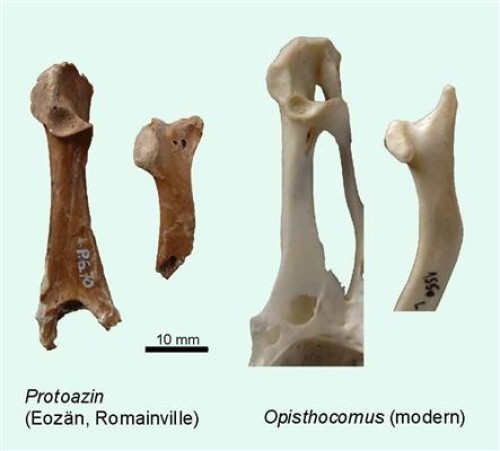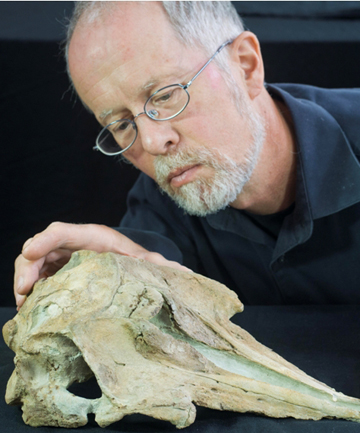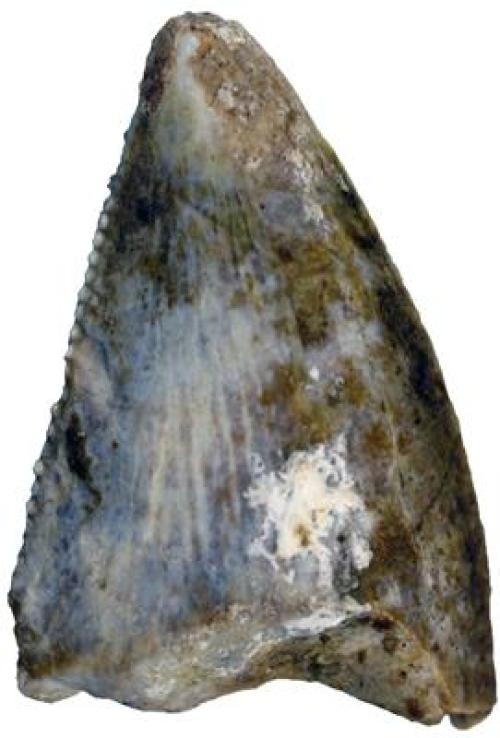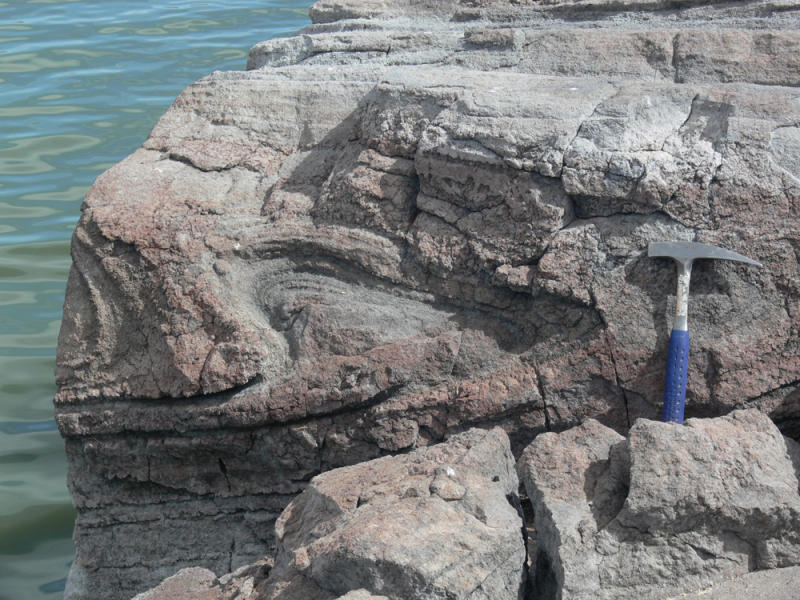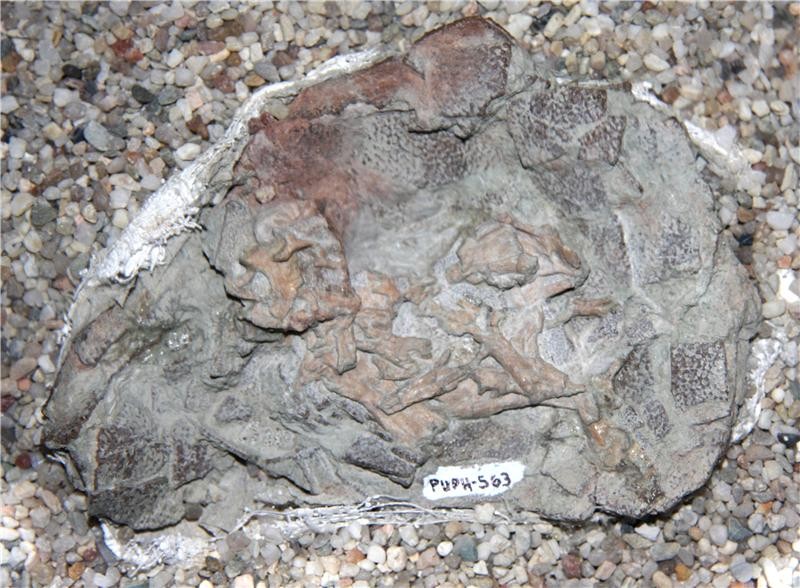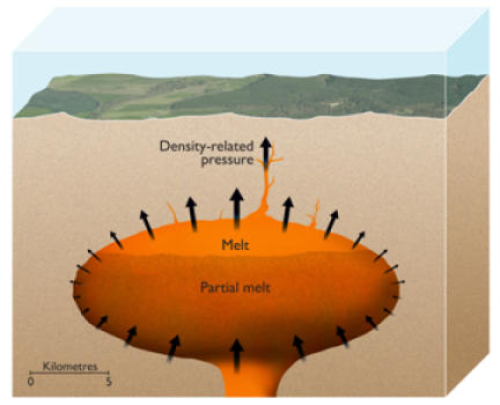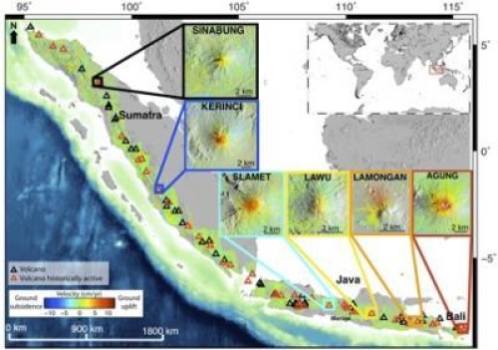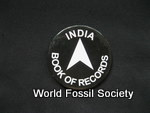The oldest fossil discoveries from France show that hoatzins once existed in Europe.
Where did hoatzins come from? These unusual birds, only one species of which exists in South America today, originated in the Old World. Studies of the oldest known fossils of Hoatzin ancestors have now shown that these birds existed around 34 million years ago in Europe. Paleornithologists at the Senckenberg Gesellschaft für Naturforschung and Flinders University in Adelaide published their findings this week in the specialist journal Naturwissenschaften.
The Hoatzin (Opisthocomus hoazin) is also known as the Stinkbird or Canje Pheasant and today exists only in parts of South America. Its relationship among birds is as unclear as its evolutionary history. Until recently, South America was considered to be the area of origin of these birds. Then, however, fossils from Africa were described, and new discoveries from Africa and Europe now prove conclusively that hoatzins reached South America from the Old World. A study published in January 2014 in the ornithological journal “The Auk” provided the very first evidence of largely modern Hoatzins from the Miocene (15 million years ago) in Africa.
The oldest fossils attributed to hoatzins were found more than 100 years ago near Paris. But only now have paleornithologists been able to show that these remains belong to ancestors of the modern Hoatzin. The fossils belong to a newly described species, Protoazin parisiensis (“proto-Hoatzin from Paris”). The re-interpretation of these bones indicates that hoatzins lived in Europe as early as the late Eocene, i.e. around 34 million years ago.
“This supports the theory that hoatzins originated in the Old World,” says Dr Gerald Mayr of the Senckenberg Research Institute in Frankfurt. In the opinion of Dr Vanesa De Pietri of Flinders University in Australia, it is “a further impressive example that the South American avian fauna contains numerous relicts that were once much more widespread.”
Most notably, Hoatzins appear to have become extinct in Europe much earlier than in Africa, where the latest fossils were dated as of Miocene age (15 million years ago) and are thus only around half as old. The disappearance of these birds might be connected to a period when numerous new animal species migrated from Asia to Europe during the so-called “Grande Coupure” around 34 million years ago. These included tree-dwelling carnivorous mammals who may have posed a threat to hoatzin nestlings, which are raised in open nests. Because hoatzins can fly short distances only, the adult birds are also easy prey. In Africa, by contrast, similar tree-dwelling carnivorous mammals are shown to have existed much later.
Digestion specialist and climbing artist
The present-day Hoatzin exhibits a special mode of digestion. These herbivores pre-digest their food in this crop before further processing in the stomach and intestines. Similar to the rumen of a cow — a digestive knack that has not been mastered by any other bird. Skeletal features show that Old World hoatzins already had a large crop. Another special feature of the Hoatzin are the claws on the wings of the chicks, which enable the hatchlings to climb trees.













 January 23rd, 2014
January 23rd, 2014  Riffin
Riffin 